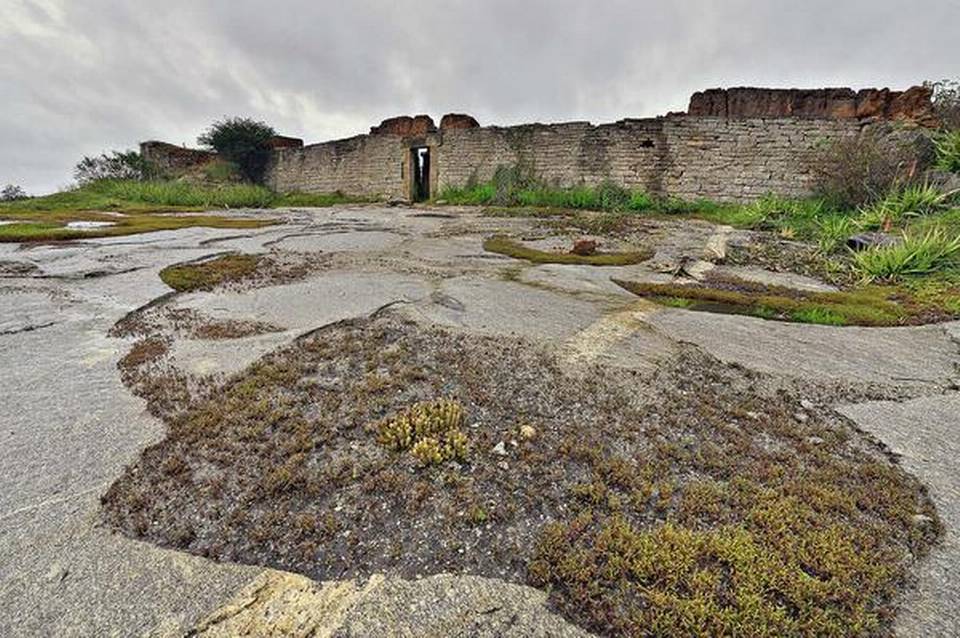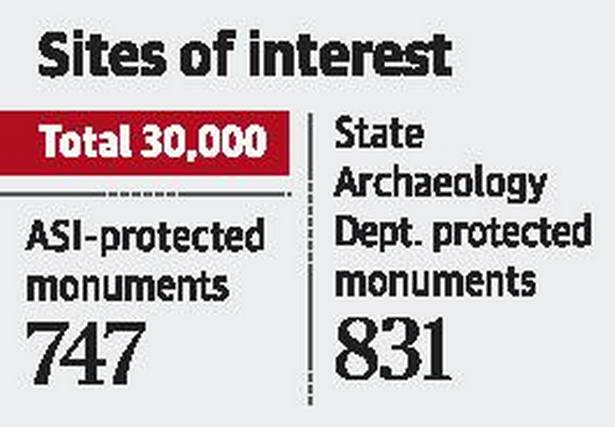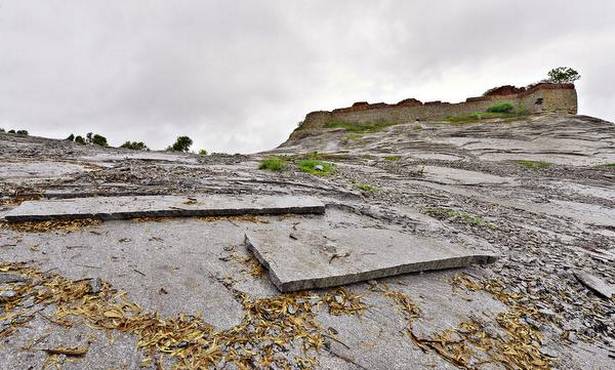During the expedition, the girls will also engage in other adventure activities like paragliding, rappelling, and river crossing.
Mysuru :
Fourteen-year-old Shilpa’s eyes gleamed when asked about their upcoming trek in the Western Himalayas.
“We have started our practise for the trek. Every morning we run around our school and practise breathing exercises,” said Anjana, a tribal girl studying at the Viveka Tribal Centre for learning, Hosahalli, HD Kote.
Anjana is a part of the 12-member tribal girl’s team that will trek the Western Himalayas in the coming year through a crowd-funded expedition organised by a city-based adventure sports foundation, Tiger Adventure Foundation. According to the organisers at the expedition that is planned for May next year, the girls will trek to the scenic Saurkundi Pass in Himachal Pradesh that sits 14,000 feet above the sea level through Sarsai, Mayalee, Longa Thatch and Lekhni areas.
During the expedition, the girls will also engage in other adventure activities like paragliding, rappelling, and river crossing.“We have only read about the Himalayas. We never thought we will set our feet there. We are already excited about the trip,” said Shilpa who hails from Sera tribal hamlet in Hunsur.Notably, the expedition will be led by 13-year-old Riya Solanki, a Mysurean who is the youngest to scale the Everest Base Camp.
The girls are currently undergoing training for the expedition under the supervision of experts. “They are being trained on a daily basis at their schools as well as at other places like Chamundi Hills, Kunti Hills and Karanji Lake area,” said Suma Mahesh of Tiger Adventure Foundation.According to the organisers, the Mysuru wing of Ladies Circle India has agreed to sponsor the expenditure of a few girls in the team and they are expecting the public to contribute for the initiative.
source: http://www.newindianexpress.com / The New Indian Express / Home> States> Karnataka / by Express News Service / December 12th, 2018










